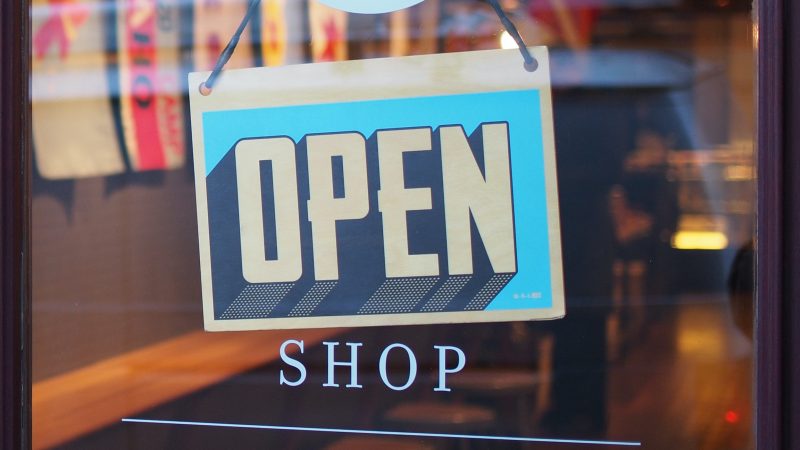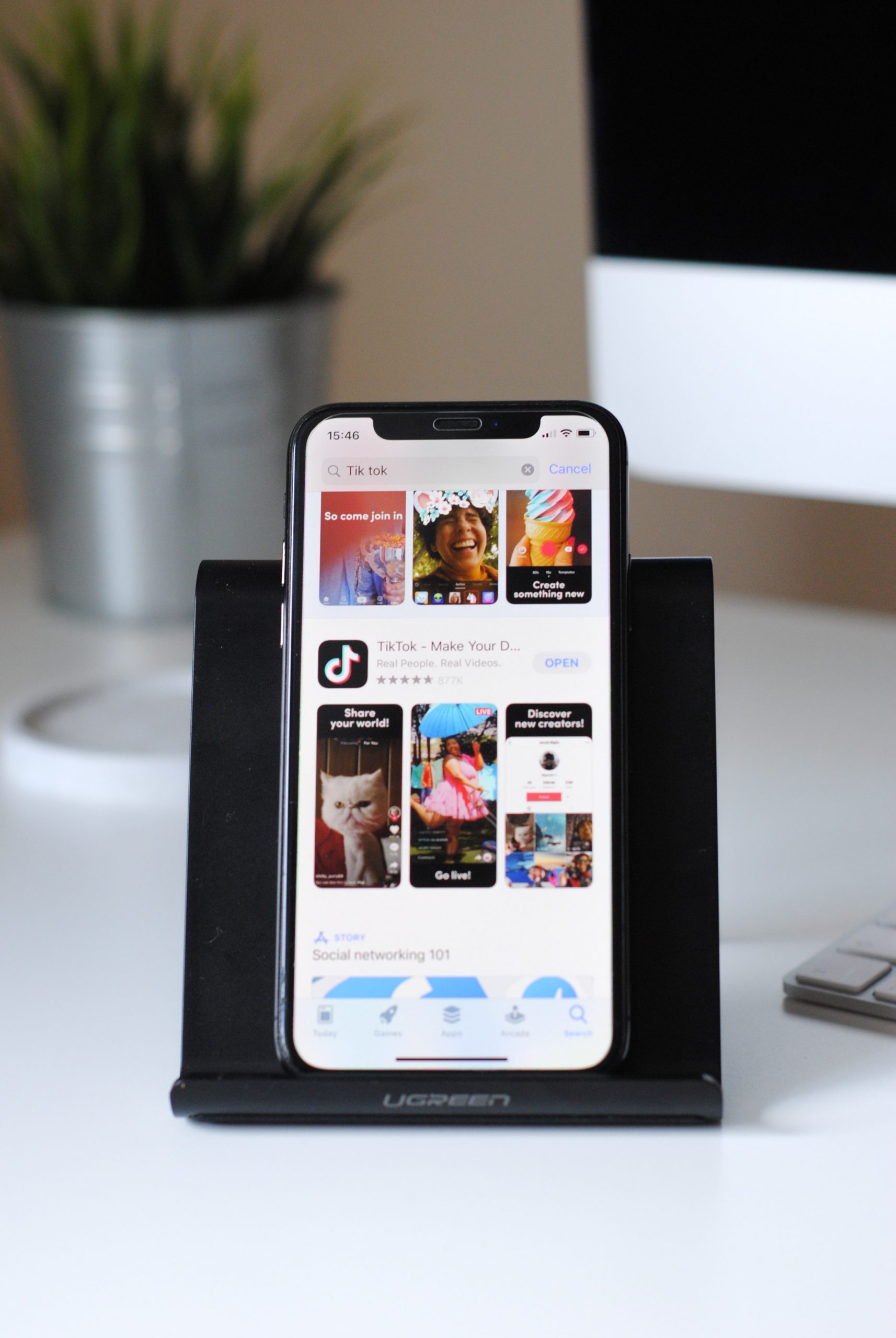March 28, 2021
Top Channels for Social Commerce

Once you’ve decided that social commerce is your next digital marketing strategy, which channel is the best?
That all depends on what you need and what you’re doing. To help you decide where your methods of social madness might work, we’ve listed the top platforms for social commerce and what you can expect from each of them:
In 2018, the social media giant launched Facebook Marketplace to compete with brands like Amazon, Google, and Etsy. It was a success and reinforced the idea that there was tremendous potential for social commerce in the digital arena.

Initially, Facebook Marketplace was only popular as a peer-to-peer network but soon, brands and retailers caught on. You can make your products available to a wider audience, where users can browse and select the items they like. Facebook then routes them to a secure checkout within the app or on your business website.
Facebook Shop also makes online selling easier. Companies can design their shop as they see fit and showcase featured products. It also functions on Instagram and enables people to pay with whatever method they choose.
The kid sister of Facebook, this is also an ideal channel for sales. Especially if you have a promotion or need to create a sense of urgency. Instagram enables customers to shop directly on a brand’s business page. Companies can also run ads that include product tags to further drive customers to the site.
Instagram Live Shopping gives a business the ability to start its own shopping channel. Here, you can sell products through live videos where users can engage in real-time. Think of it as an updated version of the Home Shopping Network on your TV.
In December 2020, Instagram launched a shopping program in Reels. This means brands can now tag their product in Reels. Users can then tap the image to view the price and description before being led directly to purchase. It makes for a seamless online shopping experience.
TikTok
This is the largest short-form video platform on the market. Like Facebook and Instagram, TikTok also offers in-app purchases of sponsored products. The company has partnered with Shopify to help merchants drive sales to larger audiences. Users can sell via in-feed shoppable ads by connecting their TikTok Business and Shopify accounts.

TikTok is also launching a Livestream shoppable feature that will allow users to purchase a product after watching a short infomercial. Influencers on the platform can link to products and earn commissions on every sale.
Twitch
The world’s leading Livestream platform has to come up in this mix. Typically for gamers and other lifestyle casters, it’s a platform that supports communities around streamable and shared interests.
In 2019, the company partnered with Teespring (a custom clothing company) to bring social commerce to its audience. By 2020, the partnership advanced to now allow users to sell directly while streaming.
This is done through the Twitch merch store. Viewers can purchase directly through an integrated checkout without ever leaving the live stream. Content creators can also sell products that are only seen by subscribers, giving them a chance to reward loyal followers.
Snapchat
Snapchat has also been looking to maximize revenue through social commerce offerings. Bitmoji fashion has led to partnerships with Ralph Lauren, Levis, and Jordan—among other clothing brands.
Snapchat has also announced the first shoppable show called “The Drop” where vendors sell limited-edition streetwear. Each weekly episode features a designer and celebrity promoting a limited edition product.

One of the first social platforms to introduce native shopping, Pinterest allows users to purchase directly from pins known as “Buyable Pins”. Shoppers can easily check product pricing and descriptions via the shopping tag icon on an image.
When users click on the shopping icon, they are redirected to a brand’s site to complete the purchase. Unlike the other platforms, Pinterest does not offer a built-in checkout feature. However, they do plan on incorporating direct payments in the future.
Summing Up Social Commerce
One of the best places to sell is online and, more specifically, through social media. As human migration patterns shrink and more people are staying home, we’ll see an exponential increase in online shopping.
Choose a platform that you are most comfortable with but will also best suit your needs. If your business already has an e-commerce store, you may not need all the bells and whistles offered by platforms like Facebook, and Pinterest will work just fine. If you’re just starting out, Instagram might be the ticket.
The right social commerce solution will allow you to directly connect with customers and build a stronger relationship that drives brand awareness and leverages sales.







